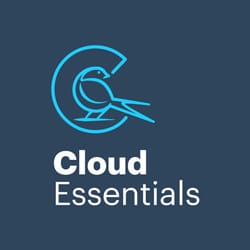Acquisitions can happen quickly. In March 23, UBS acquired Credit Suisse in a single weekend! Once the dust has settled, however, there are a lot of practicalities involved in bringing two organisations together in more than just name.
Combining and consolidating back-office functions, optimising business synergies, capitalising on early opportunities for the cross-sale of products or services to clients – the programme of works is both complex and extensive. The weight of change isn’t limited to those orchestrating the activities, however – users often suffer the greatest by-blow of the post-merger/acquisition chaos.
Without expert handling, it’s all too common for users’ business “world” – their email address, intranet, Teams sites, OneDrive, and general workflow familiarity – to come crashing down around them post-merger. Why? Because consolidating multiple disparate tenants into a single cohesive environment is an extremely delicate (albeit necessary) part of unlocking the full potential of a newly merged entity.
Getting it right means enabling users to communicate, collaborate and leverage each other’s strengths to work as a team to the benefit of the entire business.
Getting it wrong means potentially hindering access to necessary files, applications and contact information, and introducing time-consuming inconveniences like the need to log in and out of multiple environments and copy files between locations to get the necessary work done.
So how do you get it right? The first step is to acknowledge that the best tenant-to-tenant migrations don’t happen overnight (without prior planning, at least).
In fact, one of the most effective methods for preserving user productivity while unlocking cross-business collaboration earlier is to establish co-existence: enabling teams to collaborate and communicate long before their environments have been fully integrated.
This is a great way to avoid having to rush the migration without proper planning – a critical component of any successful tenant-to-tenant project.
Proven runbooks and methodologies can go a long way towards streamlining the migration process, but every tenant-to-tenant project has its own challenges and unique programme of works to fit in with. As such, it’s essential that planning takes every element and interdependency into account, and actively avoids hindering the wider programme and potentially delaying the realisation of merger/acquisition benefits.
Of course, when time is of the essence, it’s still tempting to look for shortcuts. Opting for the lowest common denominator in terms of tenant security or compliance configuration (with the intention to resolve things later) is a crowd favourite. With the right planning, however, this kind of compromise is simply unnecessary. It’s entirely possible to complete a tenant-to-tenant migration on a tight timeline without accepting any degradation of security or compliance standards.
Our advice? Find a partner who knows how to do that. A partner with proven methodology, clear communication, and a track record of delivering on tight timelines. A partner like Cloud Essentials, that you can trust to run your migration to the highest standards so that you can focus on other, equally important areas of your merger/acquisition.
Get in touch to book a session with our technical architects to map out a high level sequence of events and start off your migration on the right track.





